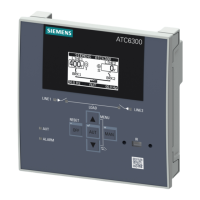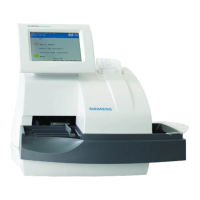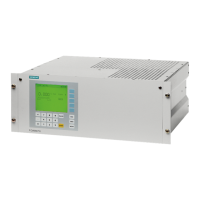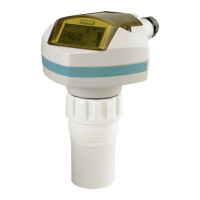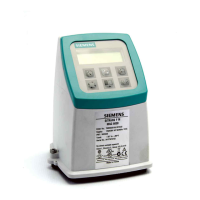© 2008 Siemens Energy & Automation, Inc. All Rights Reserved.
ACCESS 9340 and 9360 Meters PMCM-9340D-0208
Chapter 4—Metering Capabilities 2/2008
EN–42
Power Factor Min/Max Conventions
All running min/max values, except for power factor, are arithmetic
minimum and maximum values. For example, the minimum phase
A-B voltage is the lowest value in the range 0 to 1200 kV that has
occurred since the min/max values were last reset. In contrast,
because the power factor’s midpoint is unity (equal to one), the power
factor min/max values are not true arithmetic minimums and
maximums. Instead, the minimum value represents the measurement
closest to -0 on a continuous scale for all real-time readings -0 to 1.00
to +0. The maximum value is the measurement closest to +0 on the
same scale.
Figure 4–1 below shows the min/max values in a typical environment
in which a positive power flow is assumed. In the figure, the minimum
power factor is -0.7 (lagging) and the maximum is 0.8 (leading). Note
that the minimum power factor need not be lagging, and the
maximum power factor need not be leading. For example, if the
power factor values ranged from -0.75 to -0.95, then the minimum
power factor would be -0.75 (lagging) and the maximum power factor
would be -0.95 (lagging). Both would be negative. Likewise, if the
power factor ranged from +0.9 to +0.95, the minimum would be +0.95
(leading) and the maximum would be +0.90 (leading). Both would be
positive in this case.
Figure 4–1: Power factor min/max example
1.00
.4
.4
.6
.8
.6
.8
+0
.2
-0
.2
PLSD110165
Minimum
Power Factor
-.7 (lagging)
Range of Power
Factor Value
Unity
Maximum
Power Factor
.8 (leading)
Lead
(+)
Lag
(–)
NOTE: Assumes a positive power flow

